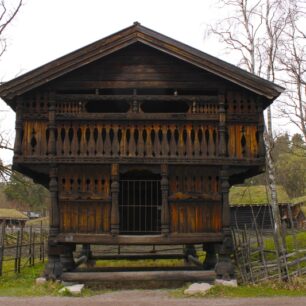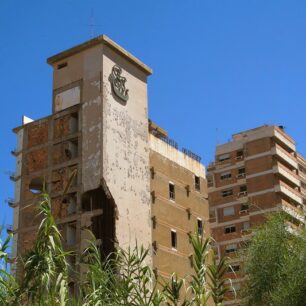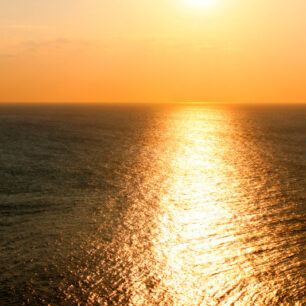Nestled high in the Andean hills above Cusco lies a network of ancient sanctuaries.
Temples carved into stone, ceremonial caves, and sacred spaces that still echo with the energy of the Inca.
While Machu Picchu may be the jewel of Peru, there is a lesser-known pilgrimage that begins just above the city: a journey through the Temple of the Moon, Q’enqo, Saqsaywaman, and their mystical surroundings.
This is more than a hike. It’s a walk between worlds.
Into the Sacred Hills: Where the Inca Still Whisper
A short climb beyond Cusco’s San Blas neighborhood brings you into a realm where myth, nature, and architecture converge. Here, the air is thinner, the eucalyptus trees whisper in the wind, and the stone remembers.
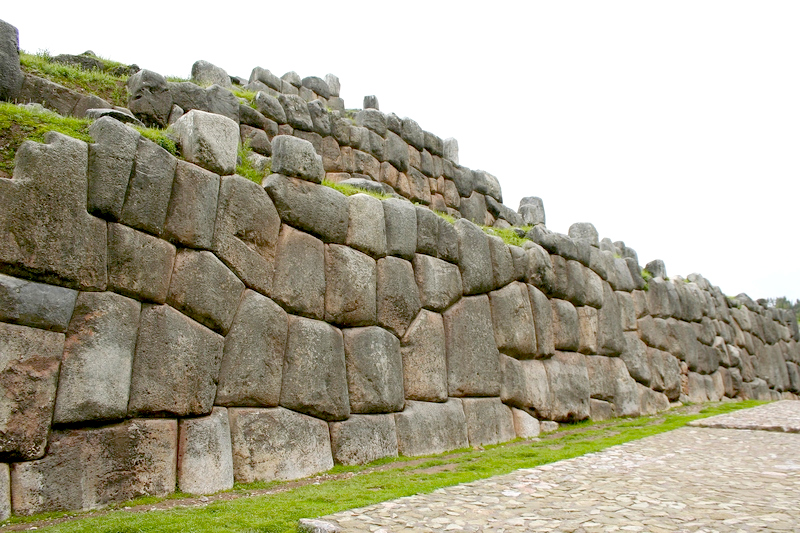
Your trail begins with Saqsaywaman, the monumental fortress-temple whose cyclopean stonework has baffled archaeologists and inspired legends. Thought to be both a military stronghold and a ceremonial site, its walls zigzag like lightning, and its panoramic views over Cusco are unmatched.
Just past Saqsaywaman, the path weaves through a spiritual landscape dotted with lesser-known but equally intriguing sites.
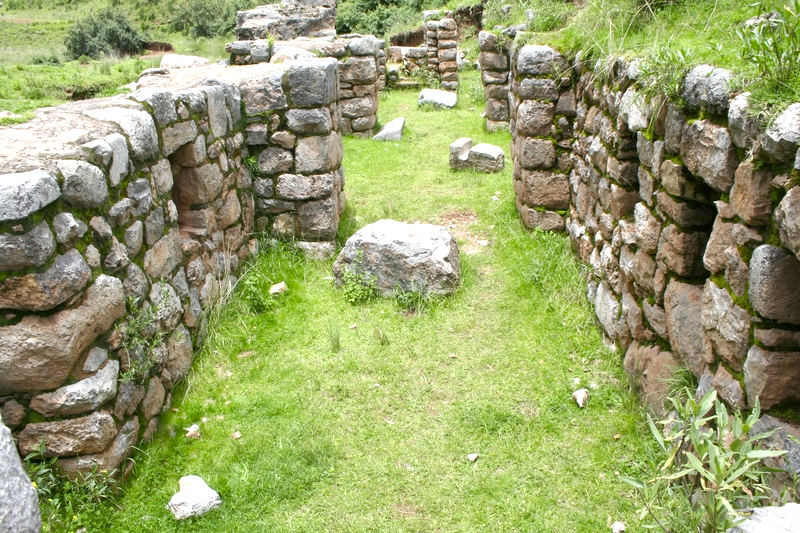
Q’enqo & Q’enqo Chico: Labyrinths of the Living and the Dead
Q’enqo, meaning “labyrinth” or “zigzag” in Quechua, is an enigmatic complex of carved stone, underground chambers, and ceremonial platforms. It’s believed to have been used for sacrifices, mummification, and solstice rituals. The zigzag channel carved into the rock—possibly used to pour chicha (corn beer) or blood—is one of its most iconic features.
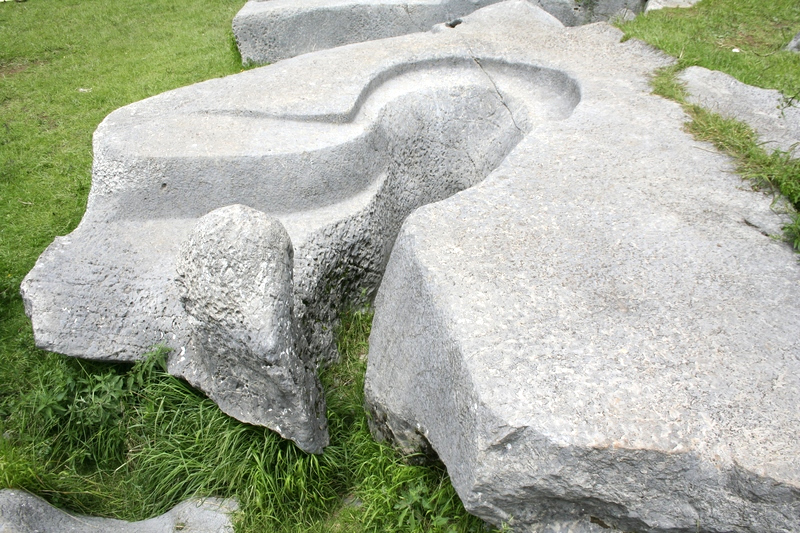
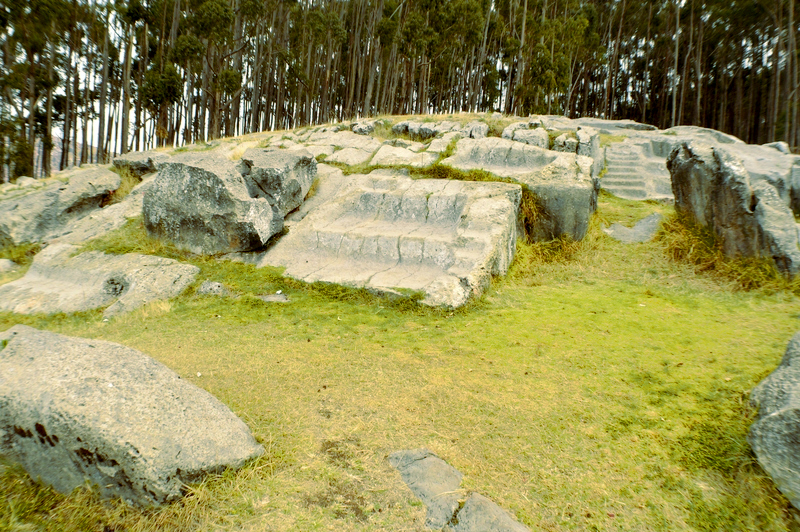
Nearby lies Q’enqo Chico, a smaller and often overlooked site, but equally rich in sacred energy. Tucked among trees and shaped into the living rock, it’s quiet, meditative, and ideal for those seeking stillness away from tour groups.
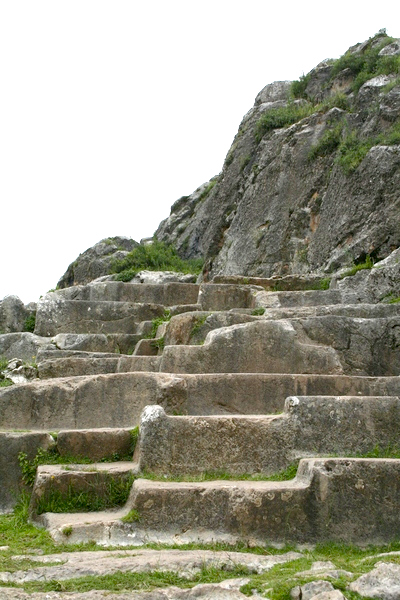
Temple of the Moon: A Portal to the Feminine Divine
Further along the path—sometimes marked only by worn stones and intuition—you arrive at the Temple of the Moon. Unlike the solar temples more common in Inca architecture, this site is dedicated to the moon, the feminine, and the cycles of nature.
Inside the ceremonial cave, light seeps through a narrow skylight, illuminating an altar carved directly from the stone. During full moons, the chamber glows with an ethereal brilliance—perhaps once used for rites of passage or fertility ceremonies.
The temple is both physically and spiritually grounded, a quiet place where stone and sky speak.
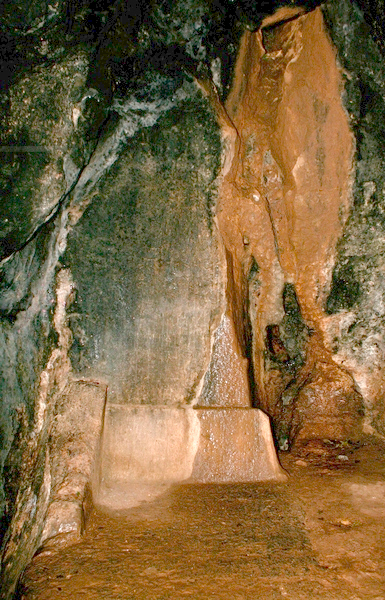
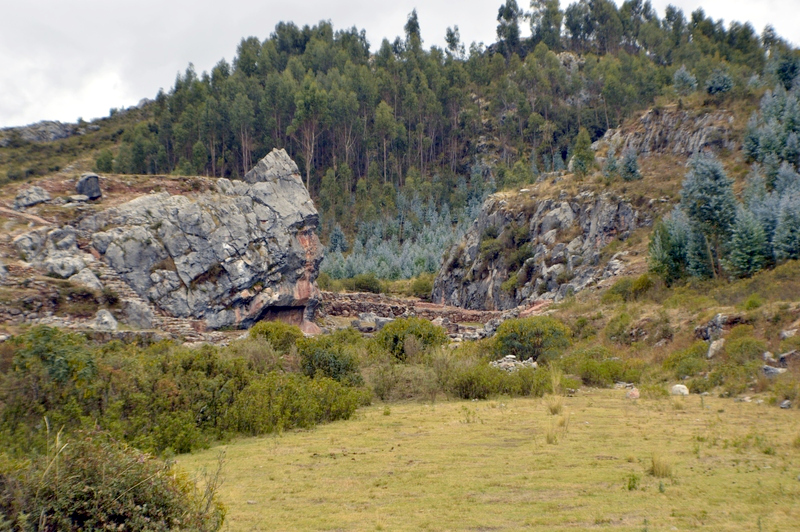
Inca’s Head: The Watcher in Stone
Hidden nearby is the Inca’s Head, a massive natural rock formation sculpted to resemble a human face gazing toward the horizon. Some say it’s a natural illusion, others claim it was purposefully shaped by the Inca as a guardian or sky-watcher. Its orientation seems to align with certain solstice sunsets.
From here, pause and look back—Cusco lies like a tapestry below, the valleys glowing golden in late afternoon light.
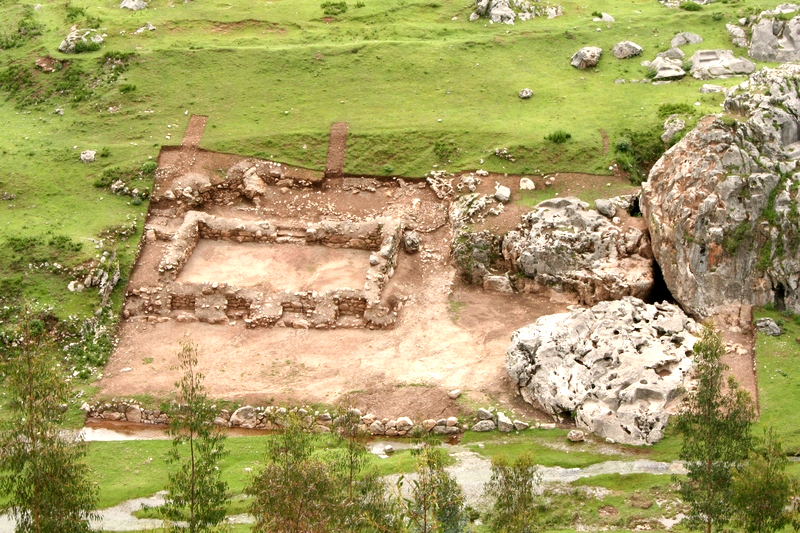
Chukimarka: The Forgotten Village in the Hills
Tucked deeper into the hills is Chukimarka, a lesser-known but intriguing ruin often missed by casual hikers. Believed to have been a small ceremonial or administrative center, the site features foundations of ancient dwellings and sacred stones still used today in traditional offerings.
Chukimarka is a place where modern Andean spiritualists still gather, blending old rituals with living tradition. You may come across offerings of coca leaves, stones, or even a local shaman performing a despacho ceremony.
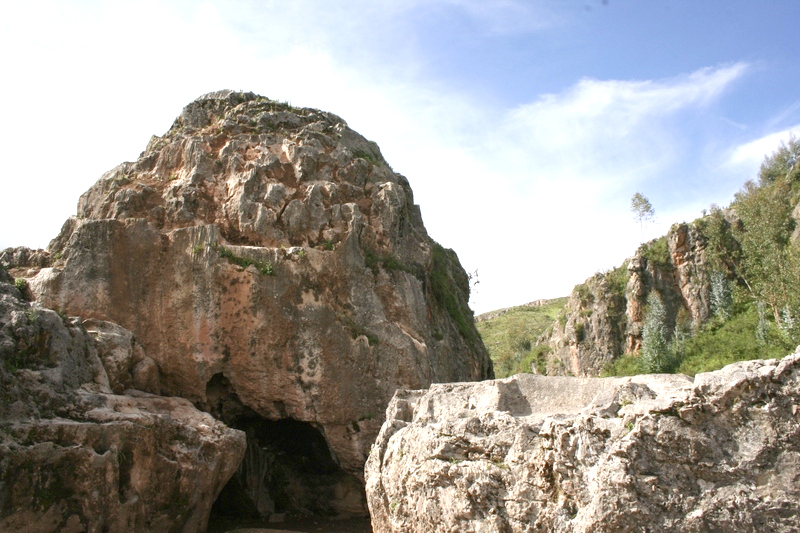
How to Do This Sacred Loop
This entire spiritual circuit can be walked as a half-day hike (4–5 hours) or spread out over a more leisurely day.
Suggested Route:
- Start in San Blas
- Climb to Saqsaywaman
- Visit Q’enqo and Q’enqo Chico
- Continue to the Temple of the Moon
- Stop at the Inca’s Head viewpoint
- Explore Chukimarka
- Loop back through the woods or descend into the city
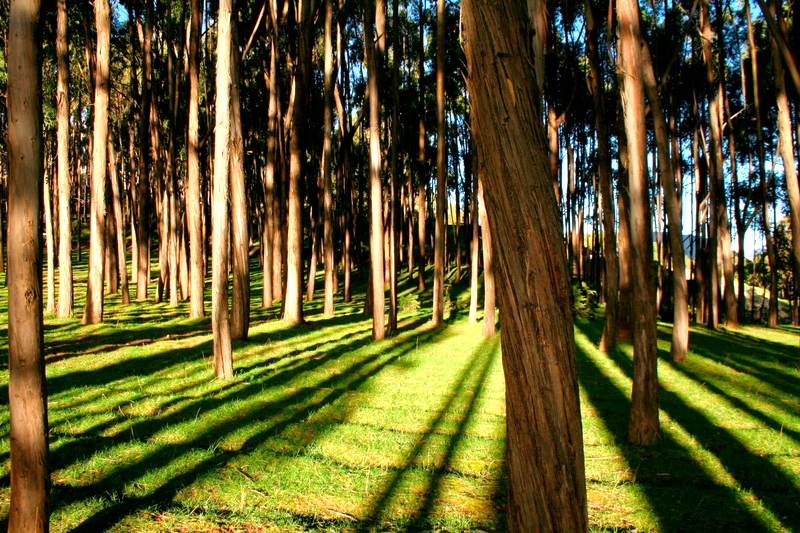
Tips for a Sacred Journey
- Bring water, a flashlight, and light snacks.
- Wear sturdy shoes—terrain is uneven and rocky.
- Altitude: Take it slow; you’re walking at over 3,500 meters (11,500+ ft).
- Quiet Hours: Early morning or late afternoon is best for solitude and soft light.
- Respect the Sites: These are still sacred spaces—don’t climb altars or remove stones.
- Ask a Local Guide: Many Quechua-speaking guides offer spiritual insight and context Western tours often miss.
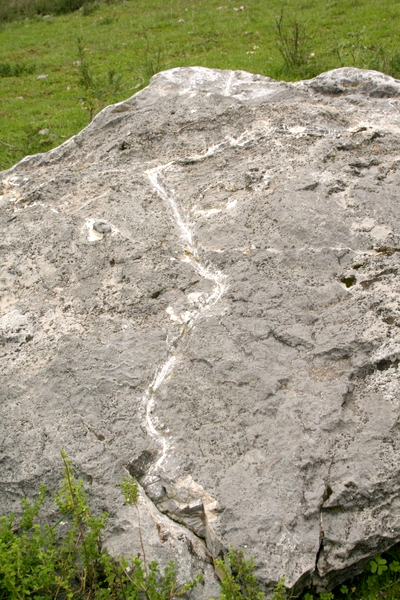
These ruins are not dead stones; they are living memory. Every carved niche, every ceremonial cave, every pathway trodden by bare feet centuries ago holds meaning.
To walk this circuit is to step through a veil—into the rhythms of the moon, the voice of the earth, and the sacred silence that once ruled the heights above Cusco.
In the quiet, you may just feel what the Inca always knew: that the divine lives not only in temples, but in every rock, every root, and every breath of mountain air.



